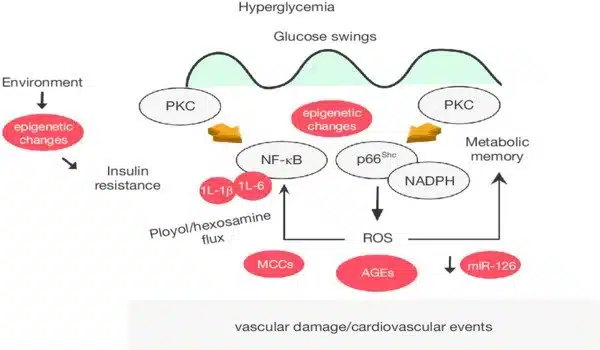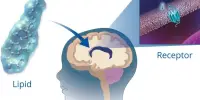Type 2 diabetes is a complex metabolic disorder marked by insulin resistance (cells that do not respond properly to insulin) and impaired insulin secretion by pancreatic beta cells. The exact cause of type 2 diabetes is unknown, but both genetic and environmental factors are thought to play a role in its development.
Type 2 diabetes is a chronic disease in which the body does not produce enough insulin or uses it in an inefficient manner. It is caused by a genetic predisposition to obesity, sedentarism, and an unhealthy diet, and it affects millions of people worldwide.
Now, researchers of the University of Barcelona (UB), the Institute for Research in Biomedicine (IRB) and the Diabetes and Associated Metabolic Diseases Networking Biomedical Centre (CIBERDEM), have identified a molecular mechanism involved in the development of this disease.
The study, published in the journal Redox Biology, has described – in patients and animal model samples of type 2 diabetes – a decrease in mitochondrial proteins that synthesize complex subunits of the respiratory chain. This decrease in proteins is associated with an increase in intracellular nitric oxide which, according to the researchers, could be a method for diagnosing the disease.
We found that mtRNA synthetases play a relevant role in the defects observed in mitochondrial respiration, since its decrease involves the decrease in synthesis of specific subunits of the respiratory chain complexes and, therefore, a mitochondrial dysfunction associated with a larger production of reactive oxygen species (ROS), and specifically, nitric oxide.
Maribel Hernández-Alvarez
Mitochondria are the organelles that produce cell energy, and there is evidence that dysfunctions in their functioning are associated with insulin resistance, which is common in type 2 diabetes. The study’s goal was to see if there were any changes in the complex subunits of the mitochondrial respiratory chain that could be linked to mitochondrial dysfunction. The researchers then wanted to see if nitric oxide, a molecule found in mitochondria that acts as a cell messenger in a variety of physiological and pathological processes, was involved in these changes.
To accomplish this, the researchers examined muscle samples from obese patients with type 2 diabetes (which usually appears around the age of 55), obese patients with early diabetes (around the age of 25), and samples from diabetic model animals.

“In this study, conducted in collaboration with clinical doctors from Dublin City University and the Trinity College Dublin’s St James’s Hospital (Ireland) and researchers from IRB Barcelona, we found that mtRNA synthetases (proteins that synthetize the mitochondrial complexes) play a relevant role in the defects observed in mitochondrial respiration, since its decrease involves the decrease in synthesis of specific subunits of the respiratory chain complexes and, therefore, a mitochondrial dysfunction associated with a larger production of reactive oxygen species (ROS), and specifically, nitric oxide,” notes Maribel Hernández-Alvarez, researcher at the Faculty of Biology of the UB, the Institute of Biomedicine of the UB (IBUB) and CIBERDEM, who led the study together with Antonio Zorzano (UB-IRB-CIBERDEM).
More research into the effects of nitric oxide-producing enzymes and how they affect the abundance of mtRNA synthetases and their relationship to mitochondrial protein synthesis is now possible.
It’s worth noting that ongoing research is uncovering new molecular mechanisms and refining our understanding of type 2 diabetes. The scientific community is actively researching potential therapeutic targets and devising strategies to improve disease management and treatment.















